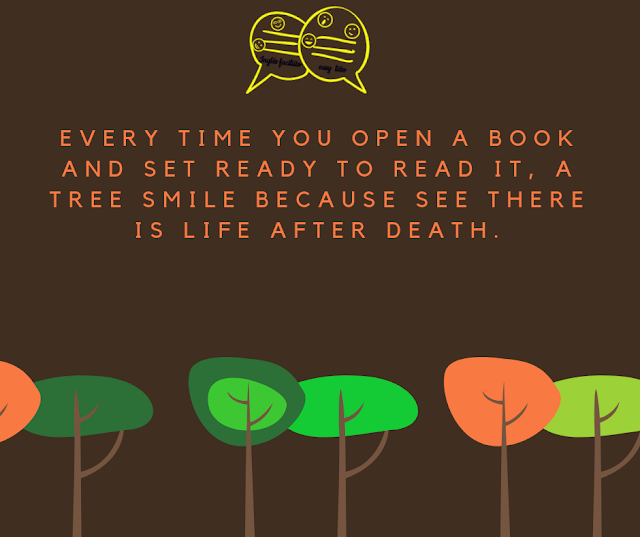La lectura - reading
What do you think about this message?
 |
El papel - Paper
Paper is a thin material produced by pressing together moist fibres of cellulose pulp derived from wood, rags or grasses, and drying them into flexible sheets. It is a versatile material with many uses, including writing, printing, packaging, cleaning, decorating, and a number of industrial and construction processes. Papers are essential in legal or non-legal documentation.In simple terms, paper consists of pulp, filler, water and chemicals. The ingredients are combined according to the unique recipe for each particular paper, and the grades are then produced in a way that ensures they have the desired properties.
Pulp consists of cellulose fibers that usually come from pulp wood, which in turn comes from trees. The most common wood types used for pulp are aspen, eucalyptus, birch, pine and spruce. Different types of wood are used because the properties of the fibers vary. For example, hardwood fibers are shorter and give the paper good opacity and formation, while fibers from softwood trees are longer and make for a strong paper.
With the chemical method, which produces chemical pulp, cellulose fibers are released from the other constituents in the tree trunk by first being ground into chips and then digested using chemical additives.
Cellulose fibers therefore represent the most important ingredient in paper, although they alone are not enough. Additives are also required, one being filler. As the name suggests, the task of the filler is to fill in the gaps in the complex fiber network. A paper made with filler is softer and more even. It has better formation, higher opacity, better ink-setting properties, a smoother and more flexible surface - all of which make for better printing characteristics.
Chemicals are necessary primarily for paper to be made in the first place, but also to ensure that the finished product has the desired properties, such as extra strength, better water resistance and the right shade.
Paper also contains some moisture in the form of water, commonly between 3.5 and 6.5 per cent. The moisture level depends on the application and printing process the paper is intended to be used in.
So the main things involved in the construction of paper are pulp, filler, chemicals, and water/moisture content. There is a lot of work and energy put into making paper--sometimes paper that we scribble notes on just to toss in the recycle bin at the end of the day. At least, this paper can be re-used, so make sure to make the most of the work and resources used for your one piece of paper and place it in the recycle bin! All it takes is one extra step to place it in the correct blue bin and not the trash can.
Contesta en los comentarios, comenta compartiendo en nuestras redes sociales, síguenos por facebook. Pero eso sí contesta in ENGLISH:
1) What is paper?
2) How paper is made?
3) What uses does the paper have?
4) What do you think is "life after death"?
5) What is pulp?
6) What kind of trees are usually used?
7) Is necessary a lot of water for paper production?
8) Do you re-used paper?
9) What do you think about the future of trees and forest?
Espero tus respuestas 👇👇👇
Picture from: https://www.amrita.edu/news/saving-paper-and-trees
Content part: http://personal.psu.edu/afr3/blogs/SIOW/2011/10/where-does-paper-r

"life after death" i think is that after you dead you can be usefull. Then a tree dies when is cut off, but its usefull wood as material for paper making is highly important for you get a book in your hands and learn.
ResponderBorrar